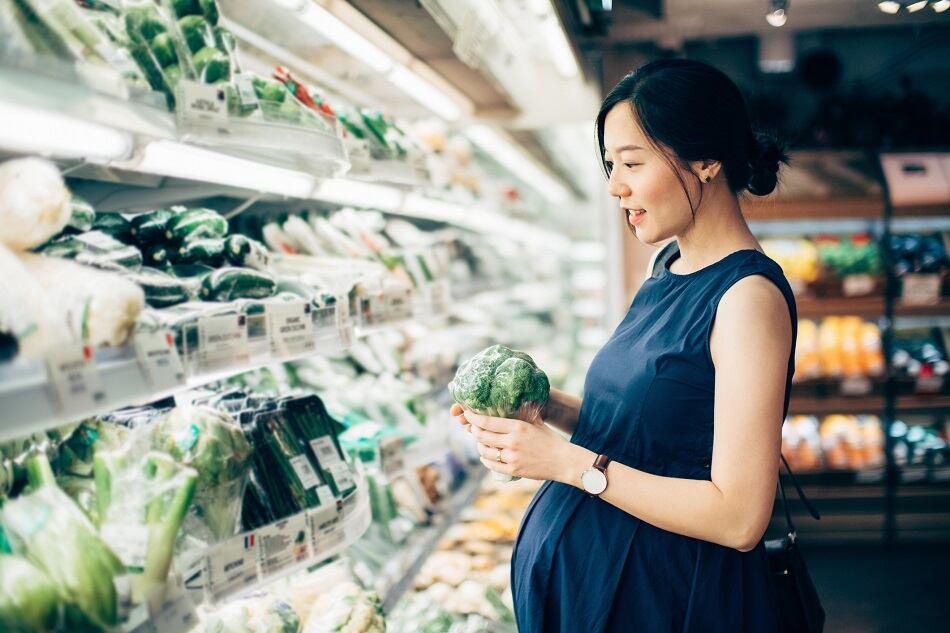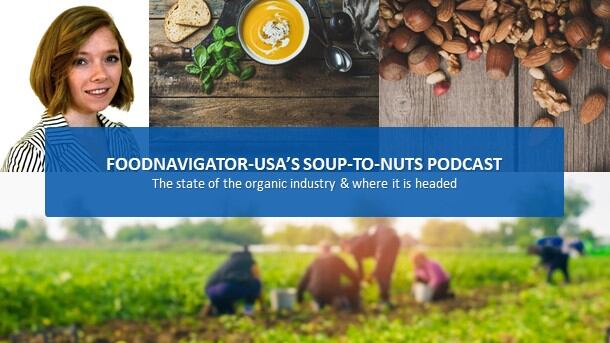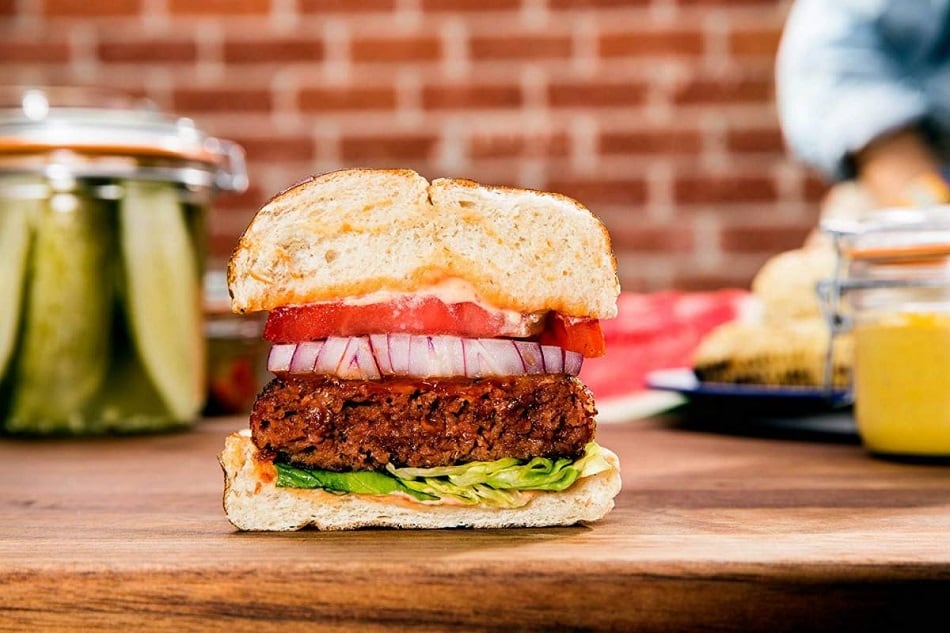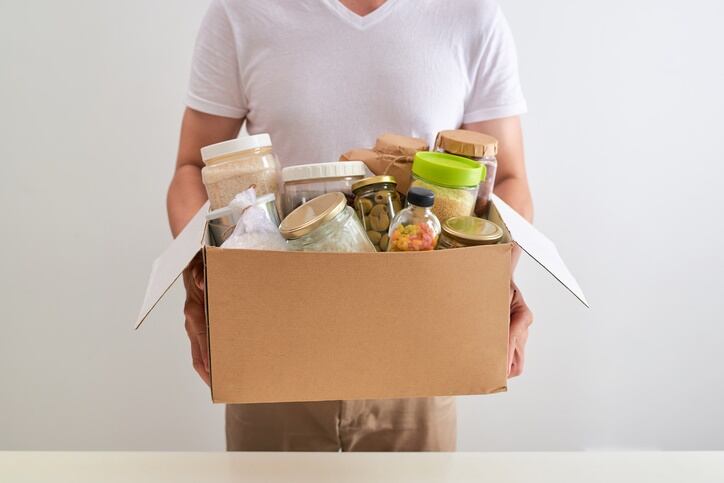Affluent households (those with an income of $150,000 or more) collectively spend more than $100bn on food purchases each year – 74% more than less affluent households – making them an important consumer segment for the food industry, according to Packaged Facts' 2019 Affluent Shopper report.
“Affluent food shoppers are a key driver of grocery store profitability because they display a higher tendency to gravitate toward high-margin, value-added products and services in the perimeter of the store,” said Packaged Facts senior research analysts, Dr. Robert Brown and Ruth Washton, in the report.
More time spent in perimeter of the store and online
In its 2019 ‘Affluent Food Shoppers’ report (based on an online national survey of 2,000+ US adults), Packaged Facts found that it’s not just money that sets affluent shoppers apart, but that this consumer group exhibits strong preferences and behaviors when it comes to food shopping.
Report findings:
- The population of affluent food shoppers is far more likely to consist of Gen Xers (those born between 1965 and 1979 totaling roughly 82 million people in the US)
- Affluent shoppers "reflect the food culture of the natural channel" placing great importance on values-oriented products such as Fair Trade, locally sourced, sustainably sourced, human treatment of animals, and clean label.
“Affluent food shoppers are far more prone than other food shoppers to shy away from conventional shelf-stable packaged foods in the center of the store,” said Dr. Brown and Washton.
Instead, affluent shoppers place a high priority on fresh produce, cheese, milk, meat, and seafood.
“They are much more likely to spend time in the perimeter of the store buying products such as bulk foods, organic fresh fruits and vegetables, hot rotisserie chicken, further prepared fresh seafood, or cheese from a specialty/imported cheese department.”
However, when they do buy shelf-stable foods, affluent shoppers are on the look out for better-for-you options (e.g. trail mix vs. potato chips or sparkling water vs. regular soda) and are much more likely to purchase organic versions of items such as breakfast cereal, pasta, and snacks.
Affluent shoppers are also twice as likely as less affluent consumers to use grocery delivery services or to have ordered groceries/food products online making them vitally important to the e-commerce grocery industry, according to Packaged Facts research.
Diversity of affluent shoppers
“However, while food marketers and retailers need to recognize the differences between affluent food shoppers and their less affluent counterparts, they also need to understand that the affluent food shoppers are far from monolithic,” noted Dr Brown and Washton.
Asian consumers, for instance, make up 5% of the population of non-affluent food shoppers but 12% of the affluent food shopper segment.
“Thus, the food preferences of Asian affluent food shoppers—who include Chinese, Indians, Filipinos, Koreans, and a wide range of other national groups are a significant factor in the food purchases of affluent food shoppers.”
Urban and less urban areas
Packaged Facts also noted differences among affluent food shoppers when segmented its research between more urban and less urban areas.
The findings show that affluent food shoppers living in the 25 largest markets within the US are more likely to buy organic fresh fruits and vegetables and are less likely to purchase canned or jarred vegetables and fruits.
Affluent food shoppers living outside the 25 largest market areas are less likely to drink unflavored sparkling waters and are more likely to drink regular cola.
“When merchandising to this critically important demographic, grocers need to remember that one size does not necessarily fit all and that, in the end, money isn’t always everything,” added Dr. Brown and Washton.




